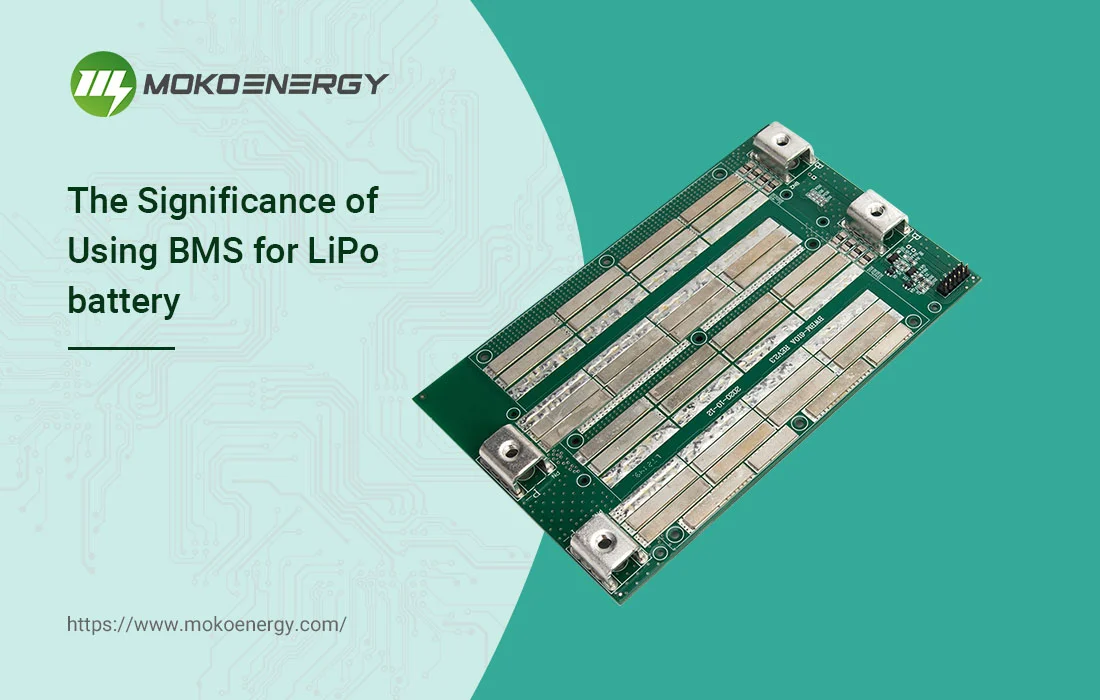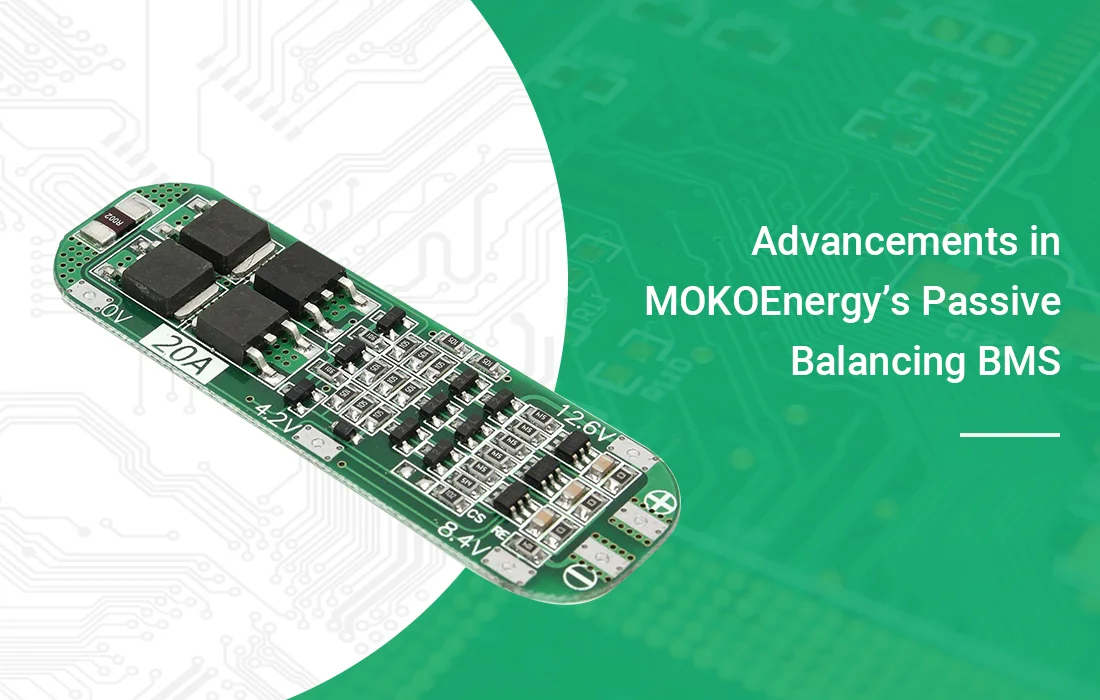Replacing the fan’s power source with three 18650 batteries should not cause any issues if done correctly. And there is no need to activate BMS specifically. The BMS automatically starts working when the battery is plugged in.
BMS seems to have difficulty handling high voltage and high capacity unless they are systematically connected in series, parallel, or both. As expected, this can lead to confusion, causing many battery cells to become overworked and fail. Although you mentioned the option of replacing them, attempting to extend their lifespan might be a better approach.
- For traditional battery packs, the ideal approach is to provide protection, possibly by upgrading the BMS and replacing battery cells that have been depleted or experienced failures during manufacturing. However, for new devices, it’s advisable to avoid such situations as much as possible.
- I would suggest trying to design a system that requires only a single battery pack, with its capacity determined by the size and number of layers. The 18650 battery form factor is highly suitable for repurposing, reuse, and modularity. However, you will face an engineering challenge ahead. How to power an existing fan, which likely does not have the design you would create if you were to manufacture your own fan. The core issue is efficiency loss, which increases as you pay less attention to the BMS or the components you choose. Additionally, there’s the matter of component reliability, as some components may be unreliable, leading to product failures and subsequent time losses.
- Here’s the approach I would take assuming you cannot design a system with supercapacitors, CPUs, and solid-state switches. Place a BMS on each battery cell and use them sequentially. Shut them down at 3.5 volts if that’s the temperature/voltage/load point at which the chemistry indicates damage is beginning. Alternatively, shut them down earlier or later if the chemistry, along with usage patterns, suggests it’s appropriate. Use a small solar panel to power a zero-power-consumption, sensing-only monitoring circuit. Install a mechanical switch to toggle between the battery cells. Attach a label that reads: “Battery cells retain power to prevent damage during storage, transport, and recharging. Do not overuse through modifications. Switch to a cell with surplus power. Press to test. Green LED indicates surplus power. Amber LED indicates power nearing depletion. Red LED indicates complete depletion, requiring removal, storage, recharging, and return. This way, users are provided with relevant guidance.
In conclusion, handling lithium-ion 18650 batteries does come with some risks, much like handling dry cells or alkaline batteries. It is important to use protective casings that minimize the risk of short circuits or physical damage.
MORE: How do you link the inverter to a DIY battery equipped with a BMS?




